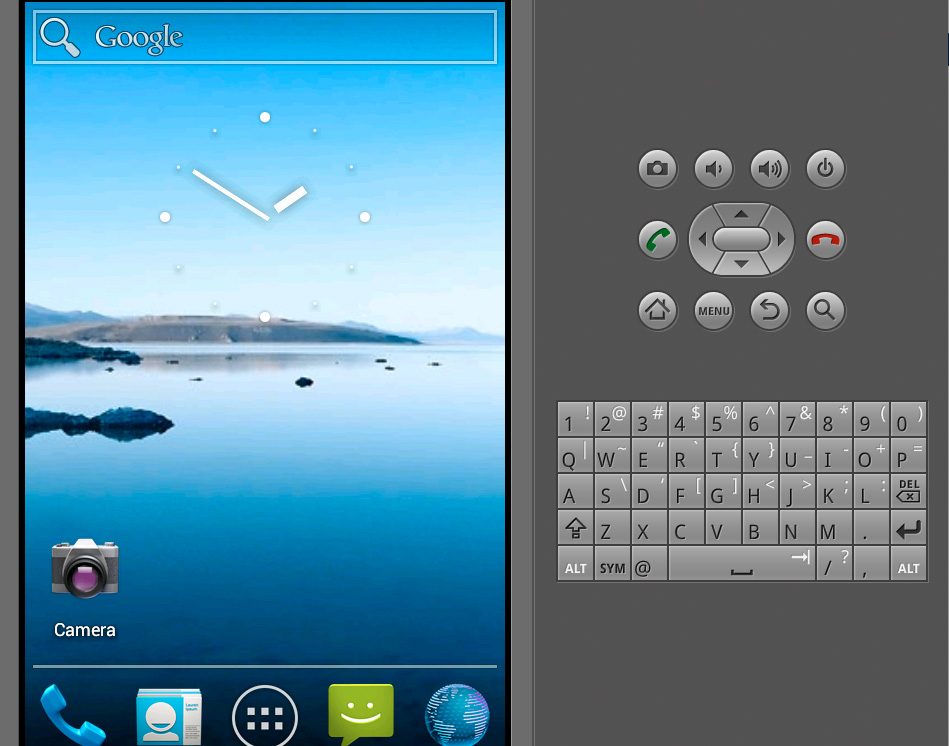

These directories also use the Android package naming convention. The data for these apps can be stored in the following directories: For example, an app may create a database file that stores favorites or recently viewed items. /data/app-private - Contains third party protected appsĪpps may also generate data for use during runtime./data/asec/ - Stores secure apps generated from external memory storage./system/app/ - Contains pre-installed system apps.Here are some other possible directories for installed apps: Different apps may by installed in different locations. While /data/app/ is the most common location for installed apps, there also other directories that are used for storing apps. You can read more about this file type on the. This is meant for AMD users on Windows who want a faster AVD experience on par with HAXM, or cannot run with Hyper-V / WHPX enabled (e.g., running other virtual machine engines such as VMware/VirtualBox or not running Windows 10 however, note that we are still committed to WHPX / Hyper-V for the use cases where that is optimal, such as interop with Docker on Windows). If you're wondering what the ".odex" files are, they are files that Android creates to optimize the boot loading process for your apps. Below is a sample screenshot of the /data/app/ directory on a device with root access: Android uses the /data/app/ directory for managing app data, and any tampering with files in this location could cause problems. This is because Android does not allow access to this location within the file system.

Unless you have a rooted (or "jailbroken") device, you cannot see the contents of this directory and it will appear to be empty. For example, if an app's package name is, then the app is stored in the following directory:
Android emulator file location mac apk#
APK files) in the following directory:Īpps in these directories use a naming convention according to the unique package name, which is specified by the app developer.

Android typically stores installed apps (.


 0 kommentar(er)
0 kommentar(er)
